Introduction
In innovation and technological advancement, the exchange of intellectual property (IP) demands a delicate balance between harnessing its potential and safeguarding its integrity. Technology Transfer Agreements (TTAs) emerge as the legal instruments that navigate the complexity of transferring advanced technology and proprietary knowledge while upholding the sanctity of intellectual property rights. In this article, we delve into the nuances of technology transfer and highlight the essential elements of a TTA that ensure the preservation of IP integrity. Additionally, we discuss common pitfalls to avoid safeguarding your valuable intellectual property.
Understanding Technology Transfer
Technology Transfer encompasses the transmission of cutting-edge technology from one entity to another, whether within different companies or at various levels within the same organization. Through this process, commercial technology is disseminated, and TTAs serve as the cornerstone for facilitating such exchanges.
Unveiling the Technology Transfer Agreement
A Technology Transfer Agreement establishes a legally binding relationship between the transferor (the party transferring the technology) and the transferee (the party receiving the technology). The transferor assigns or licenses their registered industrial or intellectual property rights, including patents, trademarks, copyrights, utility models, technical assistance, know-how, and more. Crucially, the transferor retains ownership and control over their intellectual property throughout the agreement, ensuring its integrity.
Scope and Purpose of Technology Transfer Agreements
Technology transfer is pivotal in promoting technological innovation, scientific research, and associated skills and procedures within a broader community. TTAs facilitate the seamless exchange of technology and intellectual property through various methods, including assignment, licensing, joint ventures, collaborative research, and development projects.
Essential Elements of a Technology Transfer Agreement
A meticulously crafted TTA encompasses key elements that safeguard IP integrity and ensure enforceability. These elements include:
- Parties Involved (Transferor and Transferee): This clause precisely identifies the involved parties, providing comprehensive information about their legal identities, registered addresses, authority to enter into the agreement, and relevant contact details.
- Description of the Intellectual Property: This clause serves as the foundation of the TTA, meticulously describing the technology or intellectual property being transferred. It encompasses patents, copyrights, trademarks, trade secrets, know-how, and other pertinent details, ensuring mutual understanding and clarity between the parties.
- Confidentiality and Non-Disclosure: To preserve the integrity of proprietary information, this clause establishes stringent measures for confidentiality and non-disclosure, preventing unauthorized access, use, or disclosure of sensitive IP.
- Royalties and Payment Terms: This clause outlines the compensation structure, including royalties based on net sales or exports. It also delineates additional costs or expenses related to the technology transfer, such as upfront fees, milestone payments, and support services.
- Grant of License: This critical provision grants the transferee the authority to utilize the transferred technology while explicitly defining the scope and limitations of the granted rights. Clarity and precision are crucial to safeguard the transferor’s IP integrity.
- Limitation of Liability: This clause serves as a safeguard, establishing boundaries and addressing situations for which the parties cannot be held liable for damages. Delineating limitations helps mitigate potential financial liabilities and considers jurisdiction-specific enforceability limitations.
Pitfalls to Avoid in Technology Transfer Agreements
- Inadequate Intellectual Property Protection: Failing to adequately protect intellectual property rights within the TTA can lead to unauthorized use, infringement, or loss of control over valuable IP assets. Ensure robust provisions for IP protection and enforcement.
- Weak Confidentiality Provisions: Lax confidentiality provisions can result in the unauthorized disclosure of proprietary information, compromising the integrity of the transferred technology. Implement strong confidentiality and non-disclosure clauses to safeguard sensitive IP.
- Ambiguous Grant of License: Unclear or ambiguous provisions regarding the scope and limitations of the granted license can lead to disputes or misuse of the technology. Clearly define the rights and restrictions granted to the transferee to avoid potential conflicts.
- Lack of Dispute Resolution Mechanisms: Failing to include effective dispute resolution mechanisms can result in prolonged legal battles and hinder the timely resolution of conflicts. Include provisions for arbitration or alternative dispute resolution methods to facilitate efficient resolution of disputes.
- Conflict of Laws: When technology transfer involves at least one foreign element, it introduces the potential for conflict of laws. Failure to address this issue can lead to legal uncertainties and complications. Include provisions that clearly establish the governing law and jurisdiction for resolving any disputes arising from the agreement.
- Lack of Risk Management Strategy: Technology transfer inherently involves risks, such as potential breaches of confidentiality, infringement of third-party rights, or technological setbacks. Failing to incorporate a comprehensive risk management strategy can leave parties vulnerable to unforeseen challenges. Develop a robust risk management framework within the agreement to identify, assess, and mitigate potential risks effectively.
Conclusion
Mastering the art of crafting proficient Technology Transfer Agreements is paramount for businesses seeking to effectively manage and protect intellectual property rights in the context of advanced technologies. These agreements serve as the legal scaffolding that ensures the preservation of IP integrity while fostering innovation, collaboration, and growth. By leveraging technology transfers through well-structured TTAs, organizations can navigate the dynamic landscape of the intellectual property, drive economic progress, and contribute to technological advancements across various industries while avoiding common pitfalls, including conflict of laws and inadequate risk management strategies, that may compromise IP integrity.
WHAT CAN WE DO TO HELP?
Please do not hesitate to contact us if you have any queries or need practical advice on any virtual asset transaction or how to start a business in this industry in Dubai, UAE.
- [email protected]
- Key Contact Mrs. Malak Trabelsi Loeb, Trabelsi Loeb Legal Consultants
- [email protected]
Disclaimers:
Please note that the information provided in this article does not constitute legal, tax, business, or investment advice regarding the suitability, value, or profitability of any specific portfolio, security, or strategy. Neither this website, its owners, nor our affiliates shall be held liable for any errors or inaccuracies in the content nor for any actions taken by readers in reliance on the information provided.
It is essential to understand that your use of the information within this article is entirely at your own risk. To the fullest extent permitted by applicable law, this website, its parent company, its subsidiaries, its affiliates, and their respective owners, shareholders, directors, officers, employees, agents, advertisers, content providers, and licensors will not be held liable, jointly, or severally, for any direct, indirect, consequential, special, incidental, punitive, or exemplary damages. This includes but is not limited to lost profits, savings, and revenues losses, regardless of whether such damages arise from negligence, tort, contract, or any other theory of liability. Even if the parties have been advised of the possibility or could have foreseen such damages, it is important to carefully consider and evaluate the information provided in this article and consult with appropriate professionals regarding your specific circumstances.













